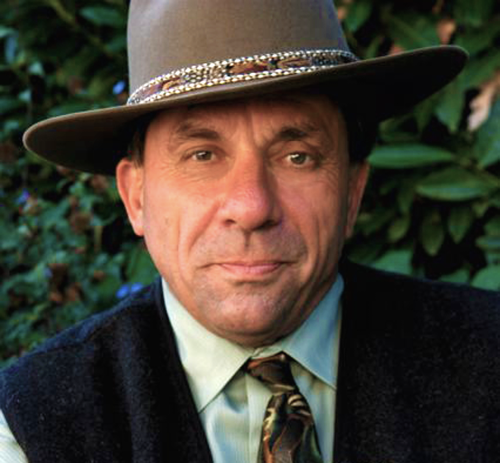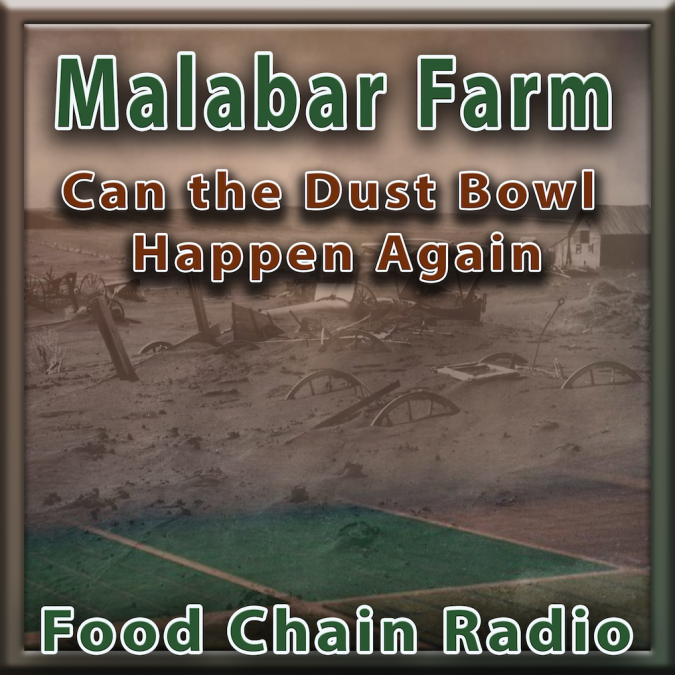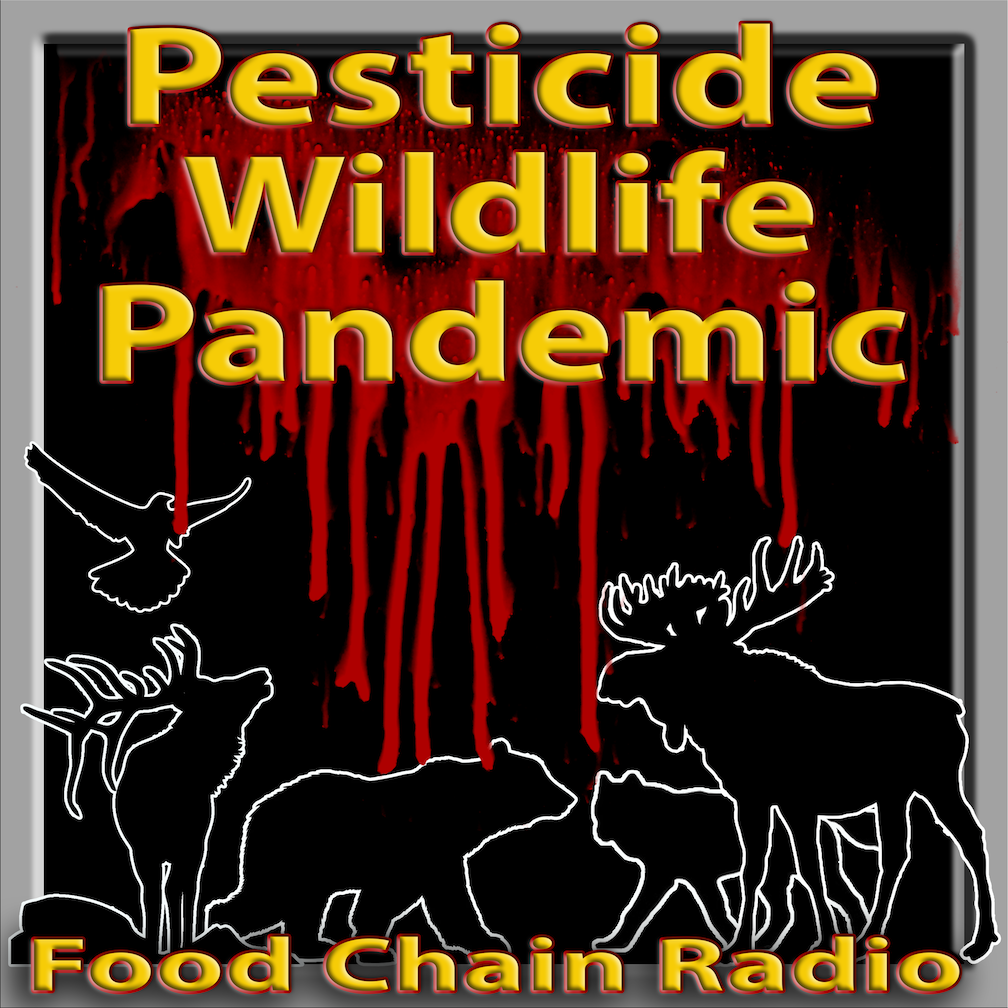
Pesticide Wildlife Pandemic
December 16, 2021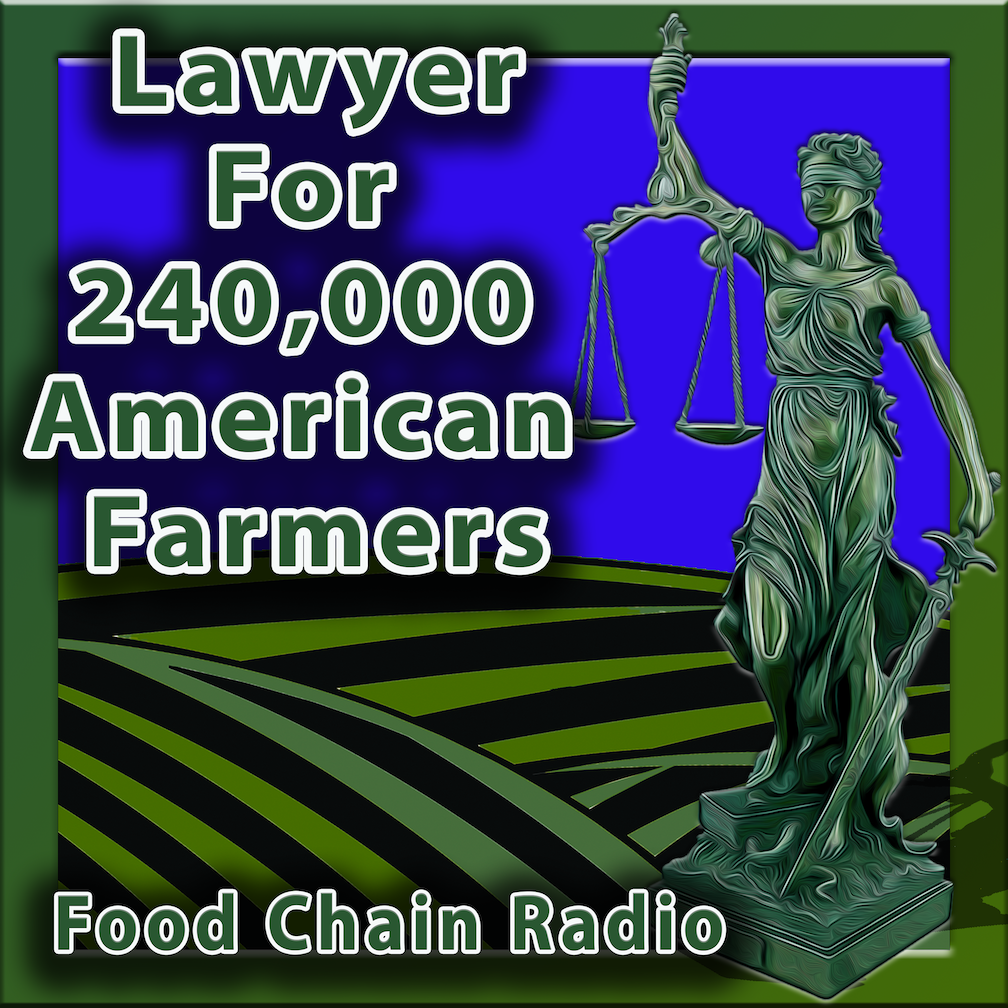
American Farm Lawyer
January 15, 2022GUEST: Annaliese Abbott Author Malabar Farm and the Rise of Sustainable Agriculture
It was the “golden age” of prosperity for the American farmer. For one of the few times in history, America’s farmers made as much money as America’s city folks. But then World War I ended and the world didn’t need to buy America’s food.
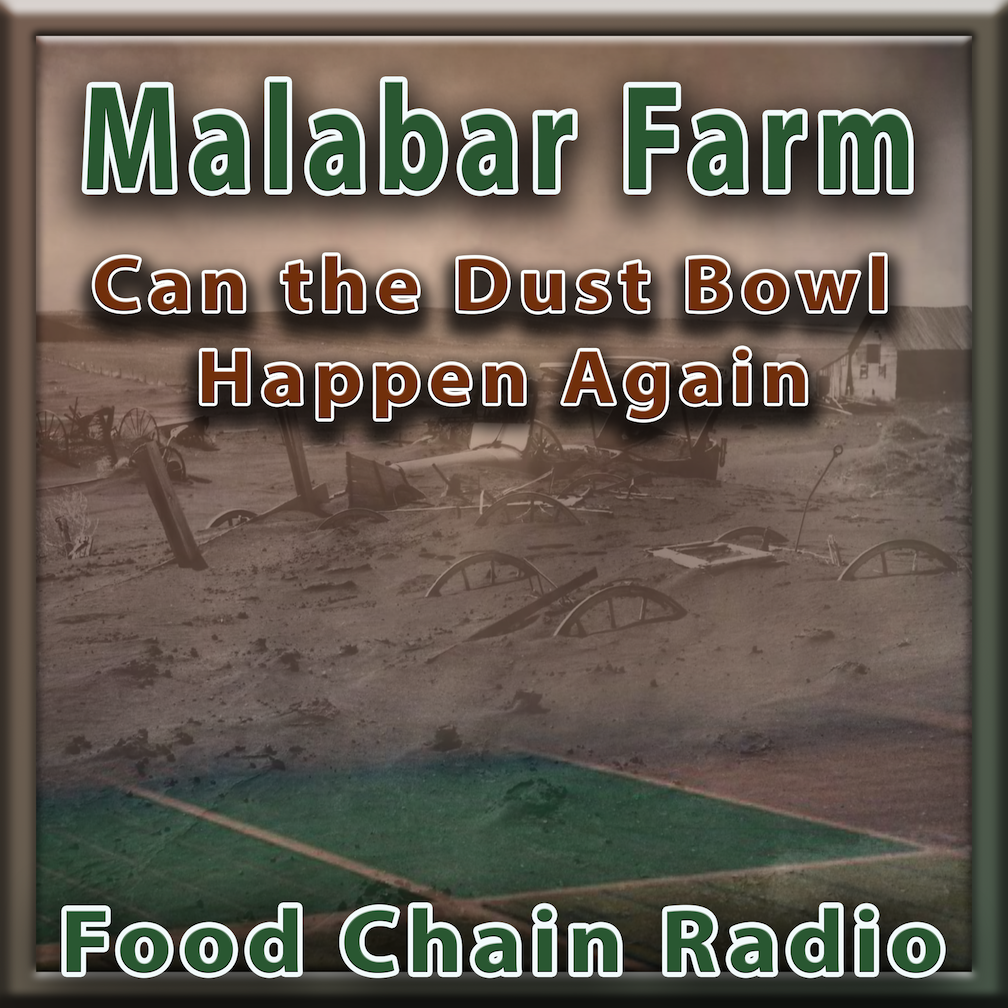
Michael Olson Food Chain Radio – Malabar Farm and Does America still need soil or are hydroponics enough to sustain itself?
And so, while city folks reveled in the soaring stock market of the Roaring Twenties, farmers struggled with collapsing crop prices and sinking land values.
But when the stock market collapsed in 1929, farmers once again enjoyed parity with city folks, only this time it was the parity of poverty. Then, in 1930, mighty winds picked up the farmers’ soil and carried it in deep dark clouds hundreds of miles out to sea. Without soil, farmers could no longer be farmers.
The Dust Bowl days of the 1930s were sufficient to waken America to the fact that it had been destroying its soil. Much of this awakening took place at Malabar Farm in Ohio.
The stories of Malabar Farm, and the people who farmed it, and visited it, lead us to ask:
Leave a comment below: Does America still need soil or is hydroponics enough to sustain itself?
Michael Olson’s Three Laws of the Food Chain
#1 Agriculture is the foundation upon which we build all our sand castles.
#2 The farther we go from the source of our food, the less control we have over what’s in that food.
#3 Cheap food isn’t! READ MORE
